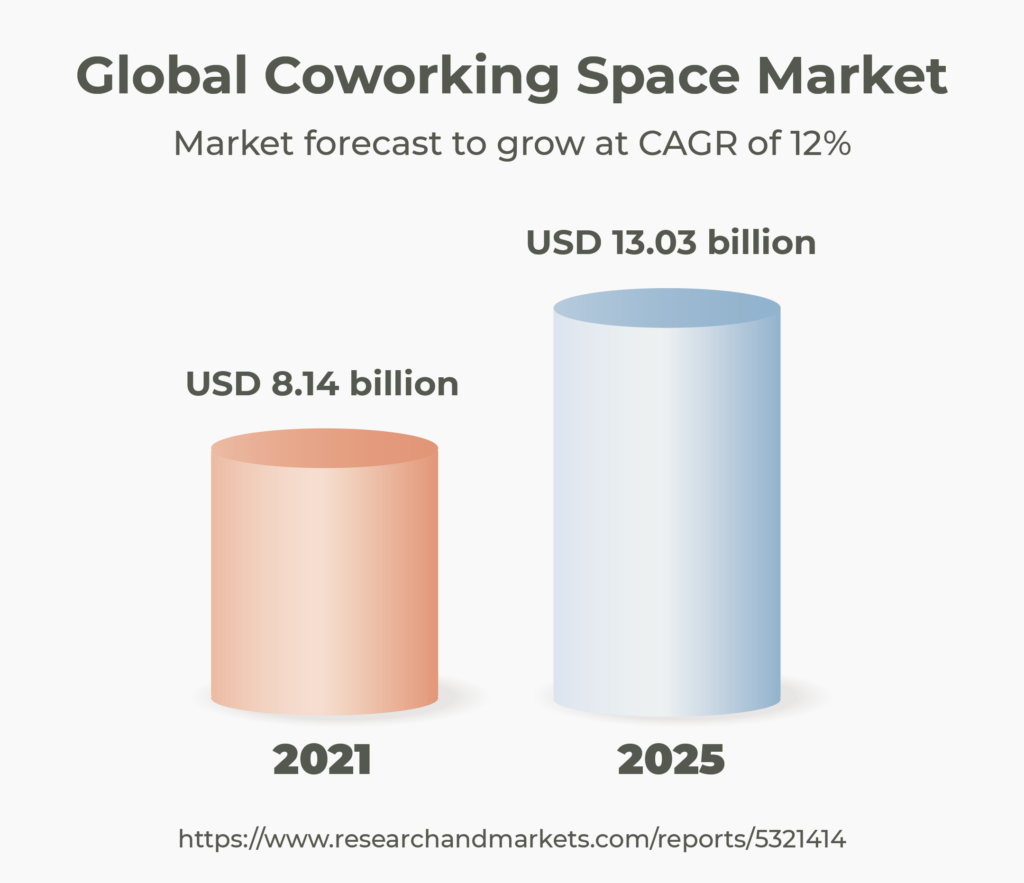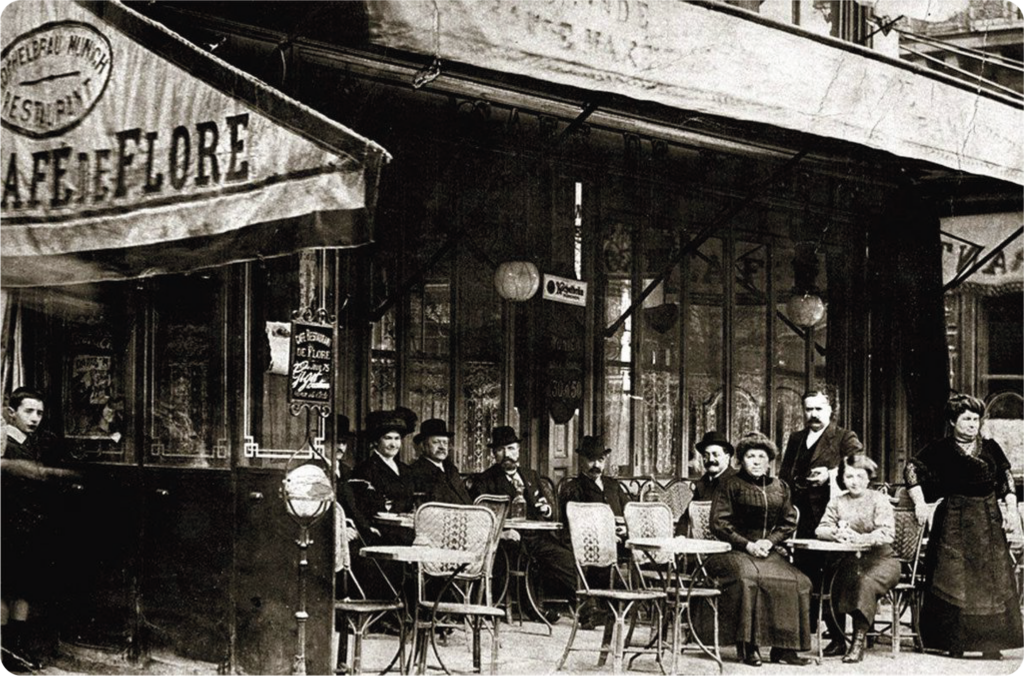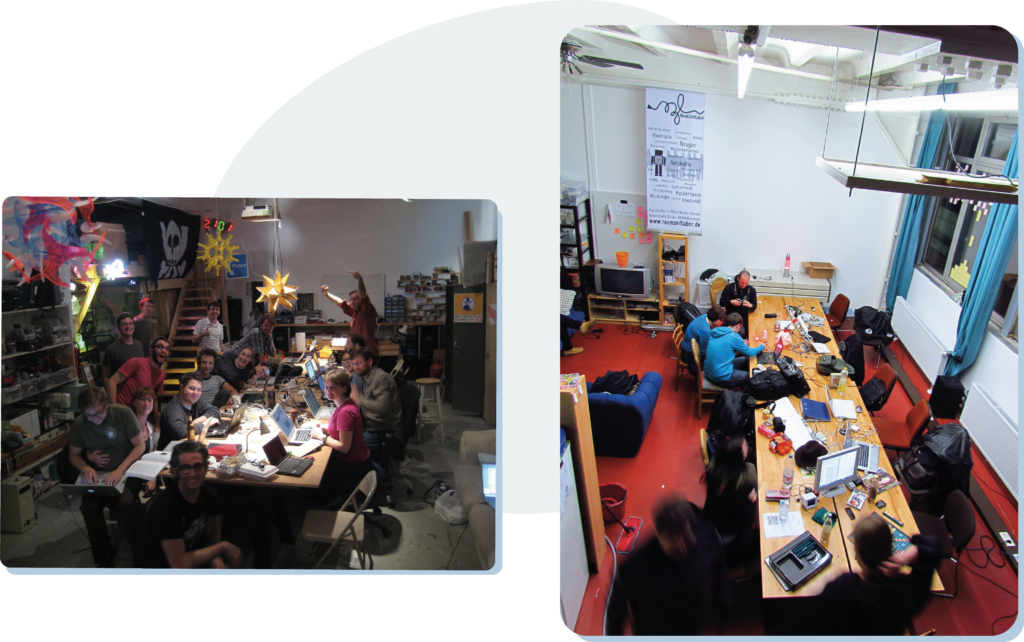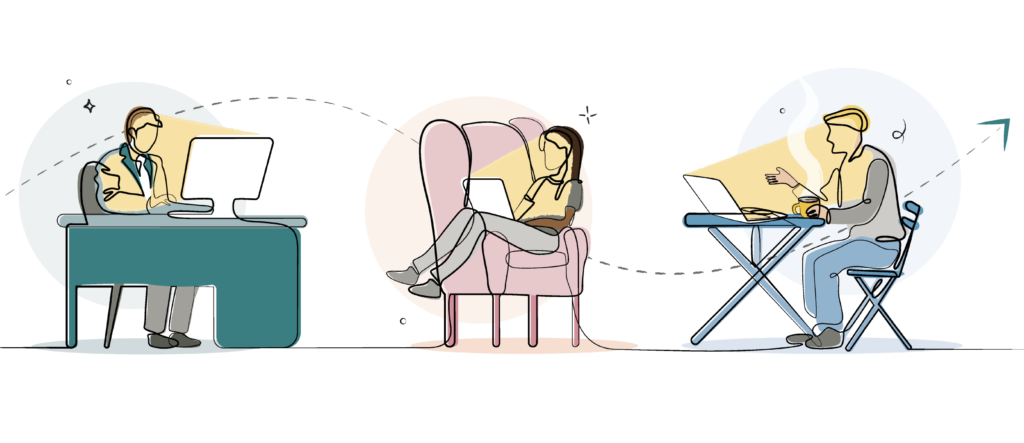Ben Carew
The term ‘coworking’ doesn’t have a long history, but it’s certainly a topic on the tip of many people’s tongues. A quick search of the available thought leadership indicates a global market value of anywhere from $8 billion to $26 billion, and that was back in 2019 before COVID-19 inspired a rapid rise in flexible working (something we can probably all agree doesn’t need evidencing).
But what does the term ‘coworking’ actually mean for portfolio professionals like you and how has it changed over the years?


The birth of the coworking concept
The word ‘coworking’ was first used by Bernard DeKoven in 1999. DeKoven was an American game designer, author, lecturer and fun theorist who wanted to evolve the way we work, inspire more collaboration, break down hierarchies and create an equal playing field for professionals.
Of course, people have been coworking for a long time, if not forever, they just didn’t know that’s what it was called. In fact, almost any philosophical, artistic or political movement will have been driven, at least in the first instance, by a group of collaborators working together in a fairly flat structure.
These acts of coworking even occurred, on occasion, in physical locations that drew fame from their involvement as a creative space. One such example is The Café de Flore, a prestigious café in Paris, infamous for the renowned writers and philosophers who met, worked and shared ideas within its walls.


You will actually find that free workspaces in café’s, hotels and public spaces is still a very common occurrence with a significant rise currently being experienced.
First there were hackerspaces
These days, coworking spaces come in all shapes and sizes, from virtual communities and artistic workshops to made-for-purpose office shares. But before all these were commonplace, there were the hackerspaces of the early 90s. A hackerspace is a community-operated, often not for profit, workspace where people with common interests – i.e. computers, technology, science, digital art, etc – meet, socialise and collaborate.
They became common throughout Germany in the 1990s. By the early 2000s, WiFi networks provided more free public access to the internet, meaning the hackerspaces could spread more widely throughout Europe and North America.


I came across my own hackerspace when looking for somewhere to practise synthetic biology. Originally in Hoxton, now moved to Wembley, The London Hackspace was exactly what I had hoped for and more. What was really impressive was the standard and scale of engineering and science that I witnessed. As a mechanical engineer at the time, I was amazed to see how people were pushing boundaries that I never got to witness working for billion-dollar global manufacturing businesses. But what’s even more astounding was to learn that it was being done in hackerspaces all over the world!
Then came the marketeers
In 1999 42 West 24 hit New York City. Launched by a software company, they provided social media worthy work environments on a short-term flexible basis. However, there was no mention at all of the word ‘coworking’. By 2002, two Austrian entrepreneurs set up an entrepreneurial centre known as Schraubenfabrik which was a space for like-minded portfolio professionals who didn’t want to work from home. That too was yet to call itself coworking.
It wasn’t until 2005, when entrepreneur Brad Neuberg opened the San Francisco coworking space and became the first to properly apply the term. Unfortunately, the business was a total disaster, closing after a year only to become a hat factory.
Neuberg’s goal was to support the freedoms of independent professionals whilst providing the structure and community that those in larger companies experienced every day. Many portfolio professionals understand these challenges and enjoy being able to network, socialise and communicate with others even when they work remotely.


Luckily Chris Messina, the inventor of the Twitter hashtag, managed to again capture a zeitgeist in words and launched The Coworking Wiki, a listing site for flexible working tools and resources that was updated by an open-source community.
How these pioneers paved the way for portfolio professionals
Since 2006, the number of coworking spaces has almost doubled every year. By 2010 there was a national coworking day, the birth of WeWork and the growth of a well-funded commercial enterprise in the real estate sector intelligently playing on a trend born of creative communities.
HSBC was one of the first enterprises to move its offices to a coworking space. This is now incredibly common, with companies such as BP, KPMG, FarFetch and Indeed all using workspaces that are not their permanent office.
It’s not just coworking, it’s flo-working
The question, therefore, was if you were working from the same space every day with the same team, in a traditional hierarchical structure, was this not just a corporate team working from an office? I’d love to ask DeKoven what he thought. Surely there’s something to be said for changing up your environment and being inspired by new locations.
The community of flexible workers at Othership, who worked collaboratively across London at first, then the UK and eventually online globally (thanks to COVID), felt that the term ‘coworking’ no longer represented them. What they were doing was still collaborative, but far more flexible than heading to the same space five days a week. Some were nomadic, some were working from home and others were working in what has become known as a hybrid working style.


As we evolved and explored new spaces, we needed a new term, so we settled on ‘flo-working’. This encompassed the historic traits of coworking as first conceptualised by DeKoven and combined the flexible working aspects that better represented this new way of life.
So what do you say? Are you ready to join the flo-working revolution?
At Othership, we know that many other communities are also flo-working. So, when we heard about The Portfolio Collective, who shared so many of our values, we thought we would reach out to their community to see how they work and discover if we could be of help.
It turns out, we can be. We have now launched a partnership with TPC, enabling their members to access our network of free and unique workspaces across the UK. Most importantly, as flo-working needs to include collaboration, we are also beta testing how we can enable that for a dedicated TPC group.
Interested in participating in this group? Feel free to reach out to the TPC team. If you just want to get out to a workspace, you can benefit from 25% off all Othership memberships (for life) when you become a TPC Pioneer Lite member. There’s never been a better time to get back out there. We hope to see you at a coworking space soon.
Think this sounds like the right path for you? Come along to our monthly Get started event for new members to find out what a portfolio career could look like and how The Portfolio Collective can help you take those first steps towards professional success – and don’t forget to connect with our community!



